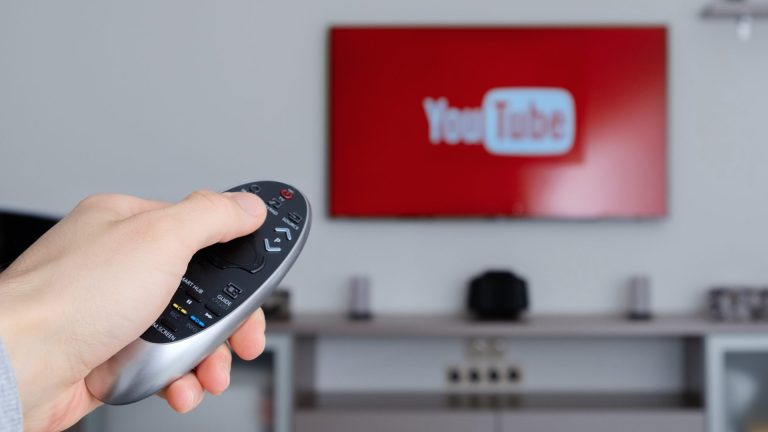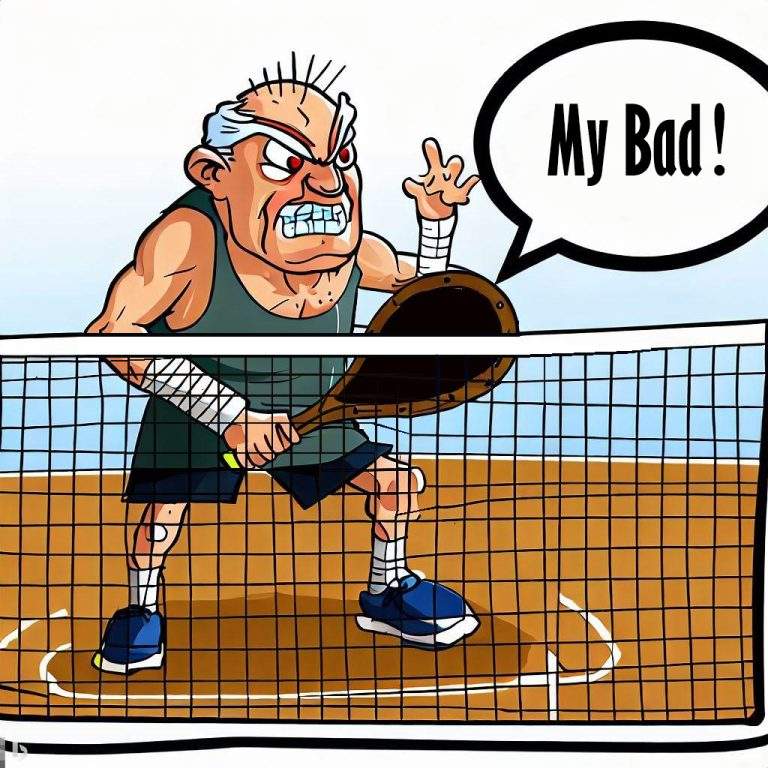New Pickleball Rating System Proposal
This Pickleball Rating System project is being conceived to assist DUPR with ideas or to be developed by someone else. My only intent here is to simply assist the pickleball community to have the best rating system possible. Please share your thoughts so that we can collectively fine tune the perfect formula for ratings in pickleball.
The Proposed Basics of the Potential Algorithm
Here are the proposed basics of the potential algorithm:
- Maximum and Minimum adjustment per match should be limited. My suggestion is that a player should not gain or lose more than 0.10 rating per match played. Prevents drastic fluctuations and ensures that a player’s rating is a reflection of consistent performance over time.
Initial Rating Value (IR)
All unrated players start with a 3.25 rating. I believe that this is a good starting point. Most players that participate in these types of events are 3.0 to 3.5.
Expected Outcome Value (EO)
Calculate the expected performance (How many points the player/team should win by) in every match based on the player’s current rating and the opponent’s rating at the time of the match. (For Doubles, combine the partners ratings). Similar to the point spread in football betting. Players/teams would be expected to beat the spread to improve their rating.
Actual Outcome Value (AO)
Take the total points won by the player’s team and the total points won by the opponents in each match. Use the difference to compare to the EO Value. Make sure the system isn’t overly punishing for players who don’t meet the expected outcome. Consider factors like the quality of the opponent and the closeness of the match.
Victorious Outcome Value (VO)
Record whether the player/team won or lost the match. Weighting for increase/decrease should be based upon expected outcome.
Match Type Value (MT)
Categorize each match as a self-posted match, DUPR Event match, or a tournament match, and assign weights to each type of match. (self-posted match .60, DUPR Event match .80, or a tournament match 1.0)
Recent Performance Value (RP)
If an opponent consistently beats the algorithm’s EO for 3 consecutive matches, the player should get a slight increase to their rating to reflect their improvement.
Opponent Rating Value (OR)
Consider the rating of the opponent at the time of the match. Outperforming the EO against a higher-rated opponent should be worth double the points than winning against a lower-rated opponent.
Historical Performance Value (HP)
Calculate the standard deviation of the player’s scores over their last 60 matches. A lower standard deviation indicates more consistent performance and should be rewarded in the rating system. Consider the quality of the opponents using the OR of these matches to determine how much this value will increase the rating.
Time Decay Value (TD)
Apply a time decay factor where the 5 most recent matches are given more weight than older ones.
Time Slope Value (TS)
Calculate the slope of the player’s rating over the last 60 matches. A steeper slope indicates a faster improvement rate and should be rewarded in the rating system.
Opponent Variety Value (OV)
Take into account the variety of opponents in the last 60 matches. (Playing against the same opponents should be weighted less than playing against new opponents).
Rank Reliability Value (RR)
Also taking into account the variety of opponents in the last 60 matches. If a player has only logged matches with a small variance of opponents, the reliability of the rating should be shown as an asterisk or displayed as separate stat on the player profile.
Geo Location Value (GL)
We also consider the location of opponents in the last 60 matches. Playing matches against players from different parts of the country based upon zip code could carry more weight. This encourages players to compete against a diverse range of opponents from different regions, leading to a more well-rounded skill set.
Consecutive Wins Value (CW)
Winning or losing streaks could indicate a change in a player’s skill level or form, and could trigger a faster rating adjustment for wins and losses.
Pilot Testing
Before rolling out the new rating system to all players, consider conducting a pilot test with a club that volunteers to participate. This will allow us to gather feedback and make any necessary adjustments before a full launch.
Adjust Weights as Necessary
The weights assigned to different factors (like Match Type Value, Opponent Rating Value, etc.) are crucial to the functioning of the proposed system. During the testing phase, we might find that some weights need to be adjusted to better reflect the importance of certain factors.
Let’s Discuss
I’d love to hear your thoughts on this proposed Pickleball Rating System. Do you think it would work? What changes would you suggest? Let’s discuss!








I think age ha something to do with the overall rating system and it should be reflected in rating systems. It does not need to be exact age but a 55+ 4.5 is not always the same as a 30+ 4.5 . I think it players should be rated like tournaments. 4.0 in the senior division or 4.0 in Open reflected in your rating.
Thank you for your thoughtful response. I appreciate your perspective on the role of age in the rating system. However, I respectfully disagree with the idea of incorporating age or other demographic factors into the rating system.
In my view, a rating should primarily reflect a player’s ability to compete effectively at a given level, irrespective of their age or gender. The essence of a rating system is to gauge a player’s skill and competitive prowess. If a player, regardless of their age, is rated as a 4.5 but struggles to compete effectively against other players at the same level, it raises questions about the accuracy of their rating.
The goal should be to ensure that the rating system is a true reflection of a player’s competitive ability. Introducing factors such as age could potentially distort this objective. I believe that a player’s rating should be determined by their performance and skill level, not their demographic characteristics.
Again, I appreciate your viewpoint and the discussion it has sparked. It’s through such conversations that we can continue to refine and improve the rating system.
I have logged 2 separate events in the last month and have not received any rating at all. I might as well go back to the old system if I can’t even get a rating at all here.
Where did you participate?